Produktnews: Wie schafft man es, traditionell zu sein, ohne altmodisch zu wirken, topmodern, aber dennoch unverwechselbar? In der Fahrradbranche macht das Koga aus den Niederlanden vor – ein Kurzporträt der preisattraktiven Premiummarke.
Na gut, richtige „Hollandräder“ hat Koga nie hergestellt. Die Voraussetzungen hätten freilich gestimmt: Firmengründer Andries Gaastra war ein Spross der großen Batavus-Dynastie, doch als sein Vater jene Radfirma verkaufte, beschloss er, etwas Eigenes auf die Beine zu stellen. Aus seinem Nachnamen und dem seiner deutschen Frau Marion Kowallik wurde 1974 „Koga“, jahrzehntelang verbunden mit dem Namen des japanischen Rahmenherstellers Miyata, der die Niederländer bis 2010 mit Material belieferte. In Heerenveen montiert, entstanden so edle Rennmaschinen mit den damals noch fast unbekannten Shimano-Komponenten, ab den 1980er Jahren auch verstärkt Touren- und Alltagsräder. Seit 20 Jahren ist Koga unter dem Dach der Accell Group, hat sich aber im Verbund der Fahrradmarken stets seine Eigenständigkeit bewahren können.
Tradition made in Heerenveen
Von Anfang an im Fokus stand ein Qualitätsanspruch, der zur Zeit der Firmengründung nicht unbedingt üblich war. Damit wurde Koga zu einer der ersten echten Premium-Marken der Fahrradbranche, die Bikes Erkennungszeichen anspruchsvoller Radler – mit den dementsprechenden Preisen, die aber in jedem Fall einen Gegenwert haben. Dieser schlägt sich in hoher Verarbeitungsgüte, top Material und innovativen Komponenten nieder.
Typisch für Koga ist etwa, dass der Zusammenbau aller Räder an Einzelarbeitsplätzen stattfindet; abgesehen von einigen Vormontage-Arbeiten ist jeweils ein Techniker für den kompletten Aufbau zuständig. Ebenfalls nicht ungewöhnlich bei Koga sind eigens für die Modellpalette kreierte Komponenten, die oft in Zusammenarbeit mit namhaften Zubehörherstellern entstehen. So entwickelte man mit Unterstützung von Busch & Müller den ins vordere Schutzblech integrierten Scheinwerfer Rayo, der etwa an den E-Bikes E-Special und E-Tour verbaut wird. Schöne Optik stand dabei keineswegs im Fokus (ist aber ein willkommener Nebeneffekt); in erster Linie ging es darum, eine Lösung für das Problem zu finden, dass viele Lenkertaschen eine konventionell montierte Frontleuchte verdecken. Ein weiteres pfiffiges Anbauteil „made in Heerenveen“ ist der Q-Guard – ein spezieller Schnellspanner, dessen Hebel gleichzeitig als Schaltwerkschutz dient.
Über 40 Modelle – vom Klassiker zum modernen Newcomer
Klare Linien und zurückhaltendes Design prägen die Bikes von Koga seit Jahrzehnten, sorgen für hohen Wiedererkennungswert und lassen auch ältere Modelle nie „alt“ aussehen. Die bereits erwähnten E-Bikes sind seit Jahren im Programm und dabei stetig weiterentwickelt worden – so entstehen Klassiker, die lange gefahren werden. Generell ist die Modellpalette des Herstellers überschaubar; derzeit sind über alle vier Kategorien verteilt (E-Bike, Stadt & Tour, Trekking & Reise, Race) wenig mehr als 40 Räder erhältlich.
Als Premium-Anbieter ist Koga nicht darauf angewiesen, Preispunkte in den unteren Klassen abzudecken; das Einstiegsmodell in die Koga-Welt ist das Tourenrad F3 3.0 für 1.199 Euro – das überraschenderweise eher mehr zu bieten hat, als preislich ähnlich gelagerte Achtgang-Räder der Konkurrenz. Einen schönen „Smooth weld“-Alurahmen etwa, der für den Einbau eines Riemenantriebs mit teilbarer Sitzstrebe ausgestattet ist und dazu über ein Exzentertretlager zur Ketten-/Riemenspannung verfügt.
Auch die teureren Tourenmodelle sind sportlich-elegant gehalten, bei den E-Bikes haben sich neben den bewährten Ausführungen mit Nabenmotor mehrere Bosch-Varianten durchgesetzt – zu Preisen ab 3.099 Euro mit 500-Wh-Akku. Zu den Reiserädern der Kategorie „Trekking“ gehört nach wie vor der legendäre WorldTraveller mit dem charakteristischen Zusatz-Parkständer am Gepäckträger der Gabel. Und bis heute haben Rennmaschinen einen hohen Stellenwert im Programm. Neben den bewährten Kimera-Carbonrädern setzt Koga stark auf leichte, extrem hochwertige Aluminium-Modelle mit Scheibenbremsen, deren Rohrübergänge so glatt sind, dass sich selbst Kenner der Materie die Augen reiben. Das Gravel-Bike Colmaro Allroad im unverwechselbaren Olivgrün sorgte auf den Fahrradmessen 2017 für Aufsehen – mit zeitgemäßer 1×11-Schaltung und Scheibenbremsen hochmodern und wiederum mit 1.899 Euro preislich keineswegs abgehoben.
Im Laufe der Zeit haben sich bei Koga Auszeichnungen en masse angesammelt – Eurobike Awards in allen Kategorien, „iF Product Design“- und „Red Dot Design“-Awards und viele andere Trophäen. Jüngster Preisträger ist das F3 6.0 (1.999 Euro), das in der vergangenen Saison gleich zwei der wichtigsten Design-Auszeichnungen gewinnen konnte und repräsentativ für das ist, was Koga ausmacht: glatte Linien, hohe Funktionalität und dabei eine fast unnachahmliche Eleganz. Einen Rahmen mit tiefem Durchstieg dermaßen sportlich erscheinen zu lassen, das muss man erst einmal schaffen!
Am Beispiel des F3 zeigt sich auch ein ziemlich ungewöhnliches Alleinstellungsmerkmal des niederländischen Herstellers: Bei Koga gibt es kein einziges Modell mit einer klassischen Federgabel; stattdessen sind viele Räder mit der hauseigenen Feathershock-Forke ausgestattet. Diese bietet zwar keinen superlangen Federweg, aber eben jene Stoßdämpfung, die besonders wichtig ist bei Schlaglöchern und an harten Kanten, dazu ist sie in Sachen Optik und Gewicht weitgehend neutral.
Dass es bei 40 Modellen Lücken im Sortiment geben muss, ist klar – und gewollt. Vor allem für anspruchsvolle Langstreckenfahrer, bei Koga eine wichtige Kundengruppe, gibt es mit Koga Signature nämlich ein umfangreiches Baukastenprogramm, mit dem sich zahlreiche Sonderwünsche realisieren lassen, die in der Serienfertigung wenig Aussicht auf Erfolg hätten. So gibt es kein Standard-Modell mit Rohloff-Getriebenabe, denn die Erfahrung hat gezeigt, dass Radfahrer, die diese Schaltungsvariante wählen, in der Regel zahlreiche Sonderwünsche haben. Und damit sind sie beim individuellen Aufbau besser aufgehoben.
Vieles findet sich jedoch auch dort nicht mehr. Ein Langstrecken-Reiserad mit Stahlrahmen bietet Koga nicht mehr an, auch Mountainbikes sind aus dem Sortiment herausgefallen. Seit Jahren sehr beliebt ist dagegen der Beachracer mit flachem Rennlenker und Spezialgeometrie für die in den Niederlanden sehr beliebten Strandrennen im Winter. In knalligem „Oranje“ zeigt dieses Rad, dass Radfahren im Nachbarland keineswegs auf gemütliches Rollen mit Alltagsrädern begrenzt ist, sondern viel mehr Facetten hat – und damit ist der Beachracer vielleicht dann doch das typische Hollandrad im Modellprogramm von Koga.



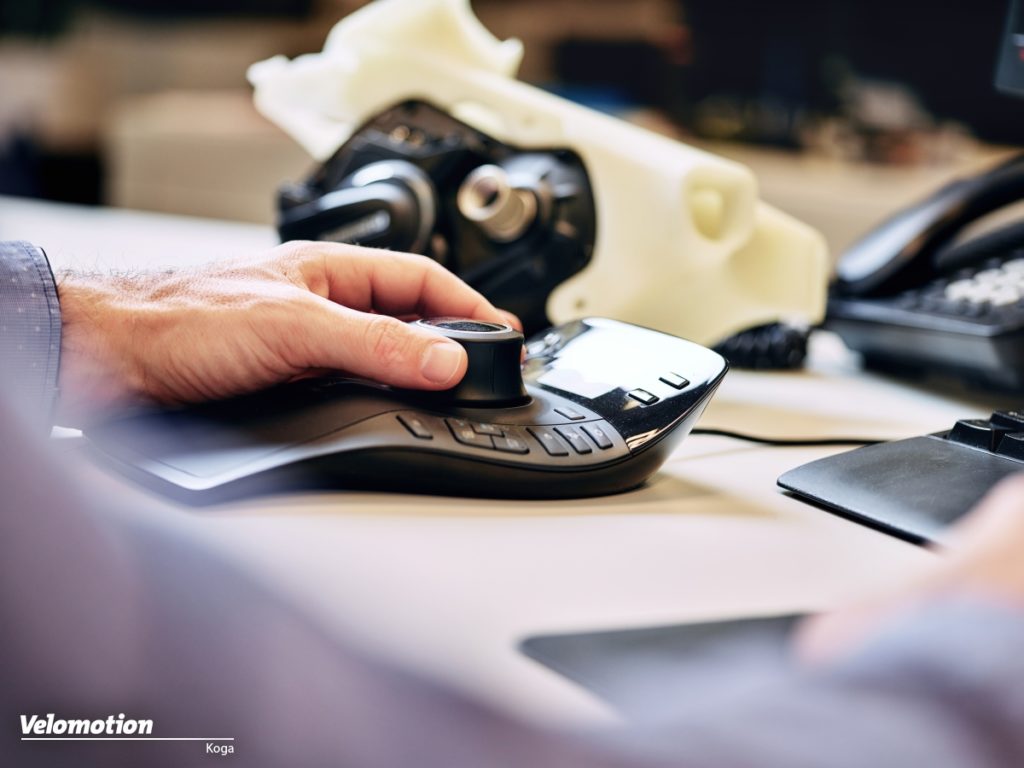
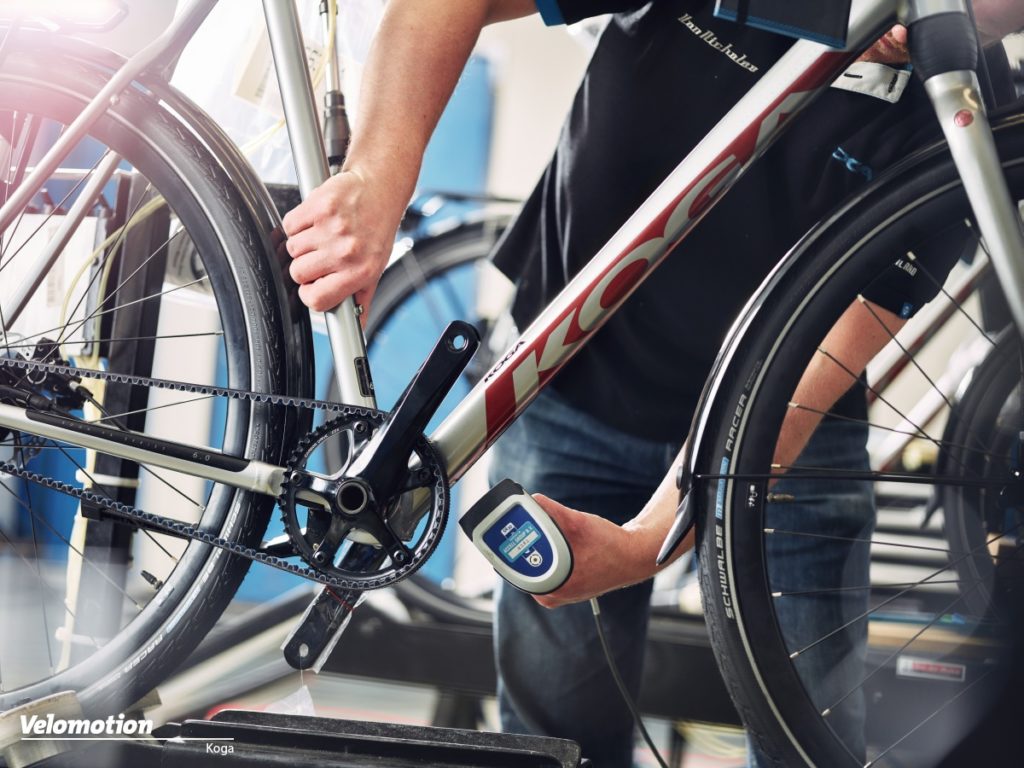
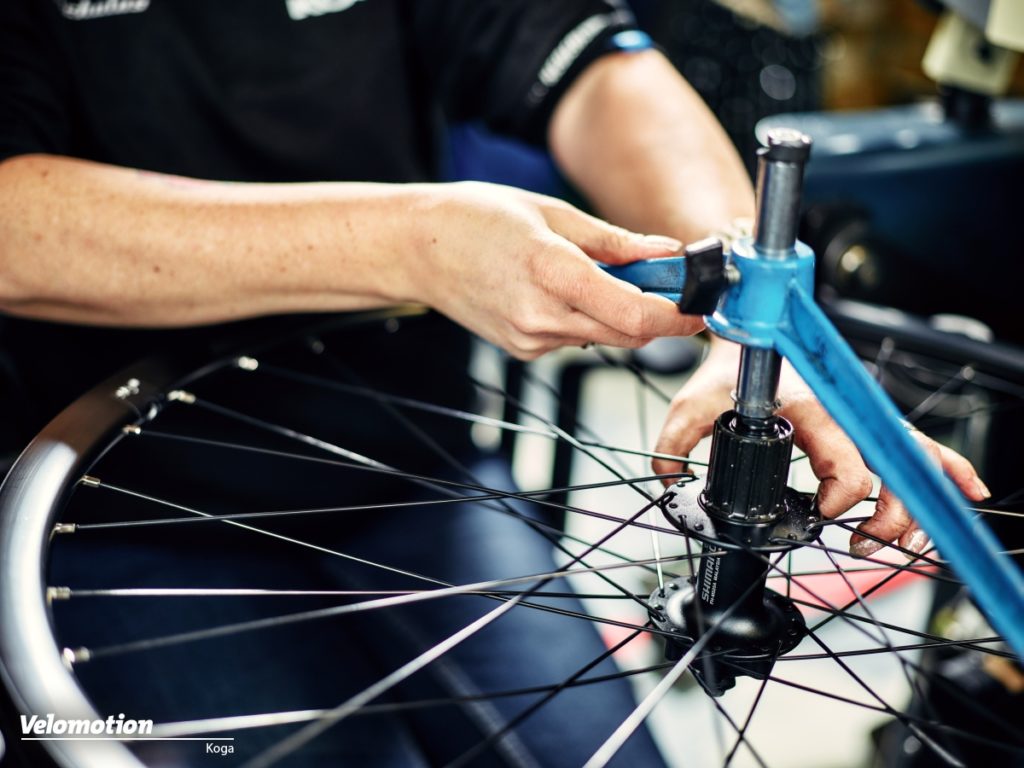
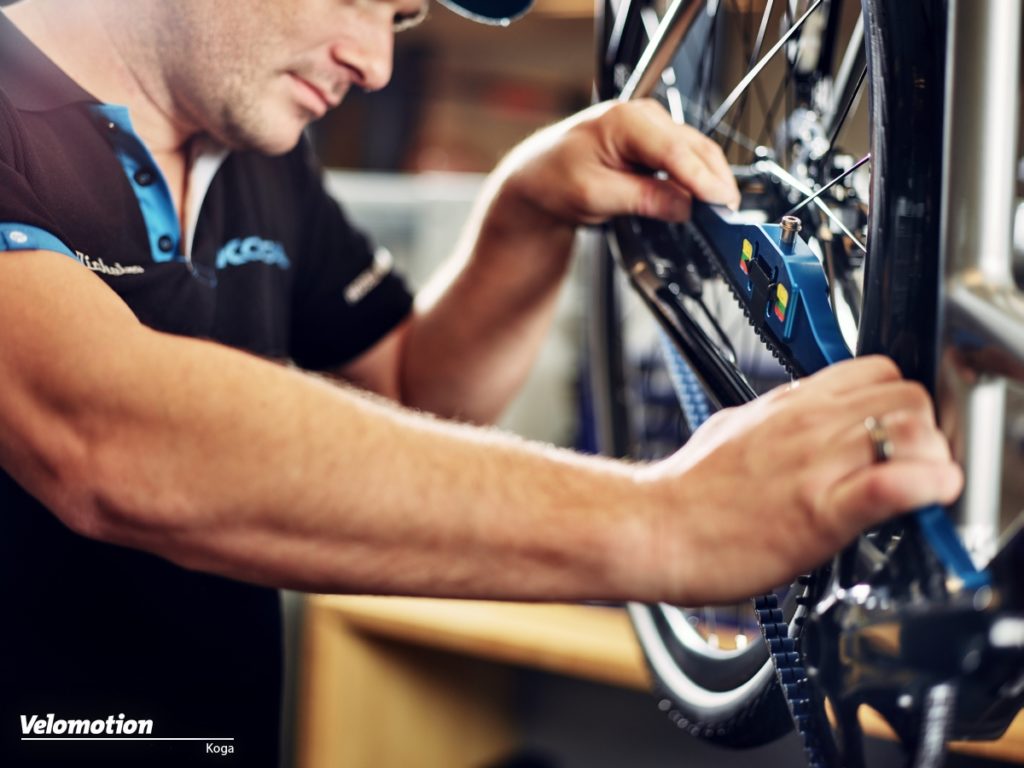
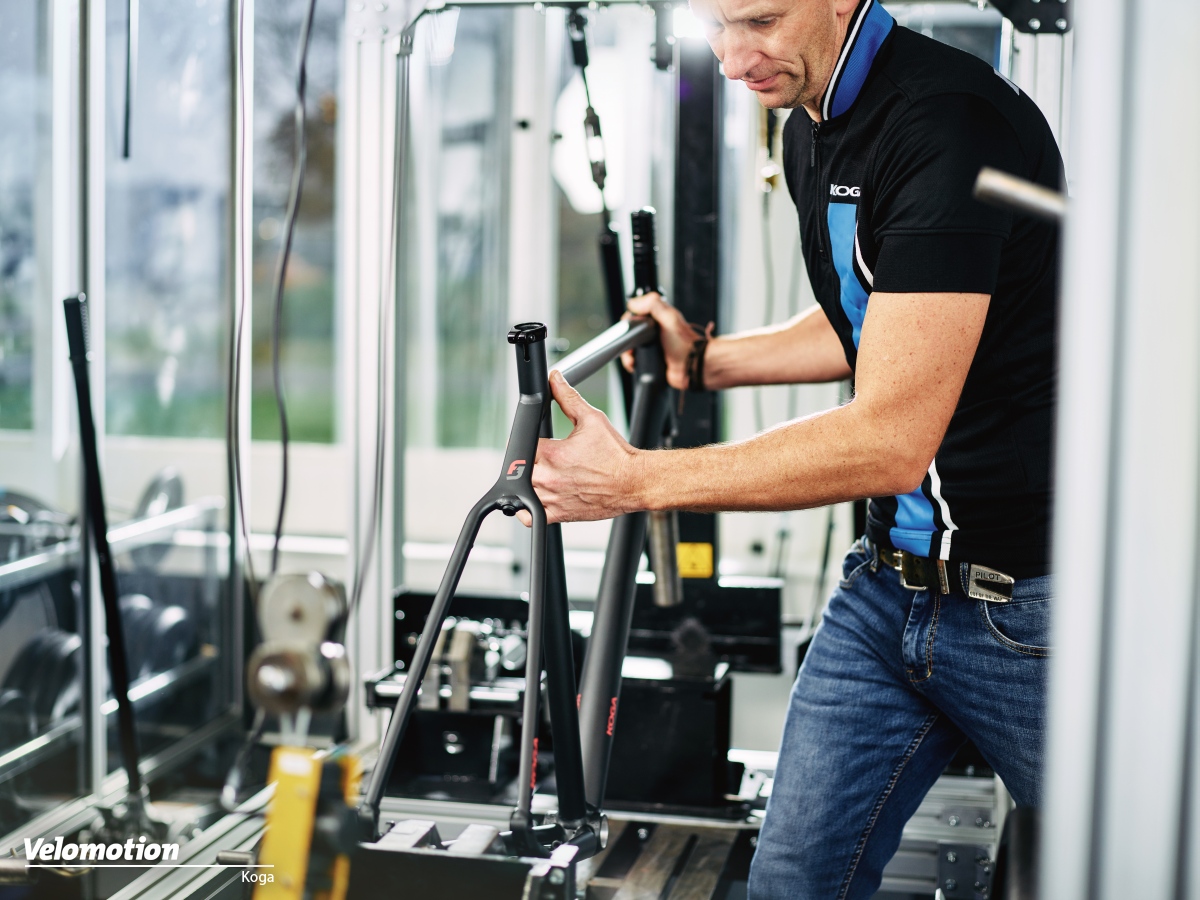
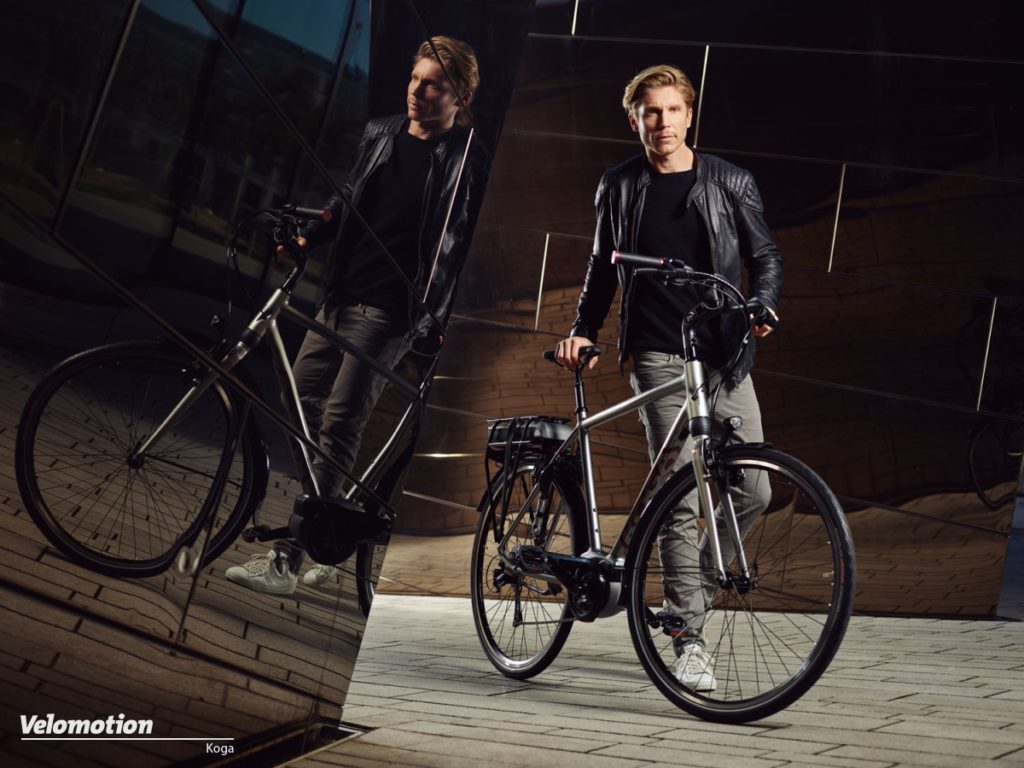
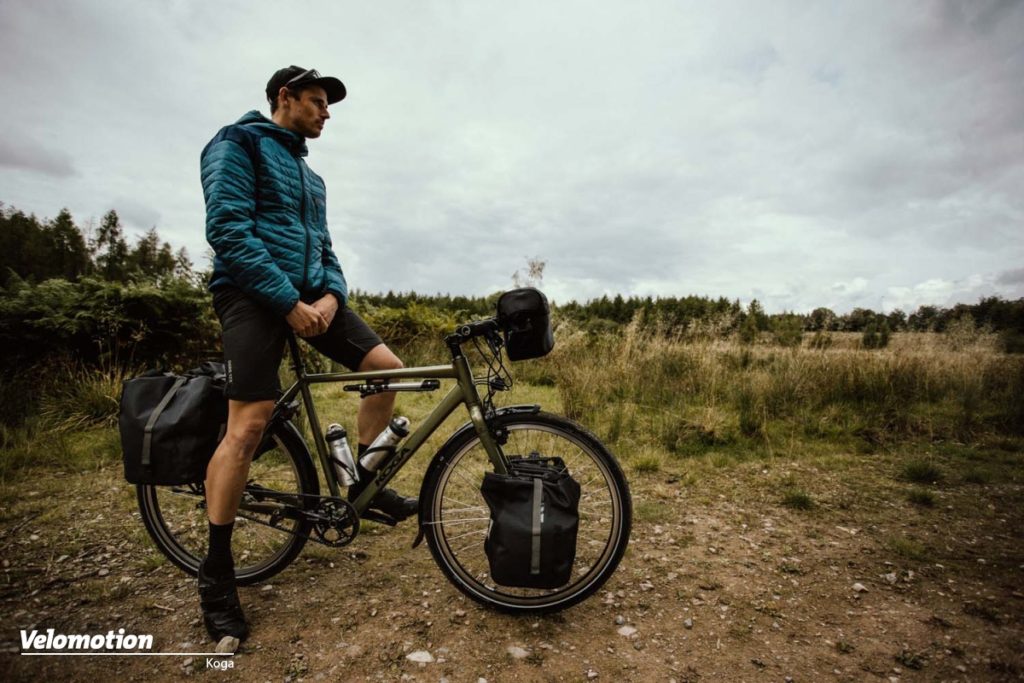
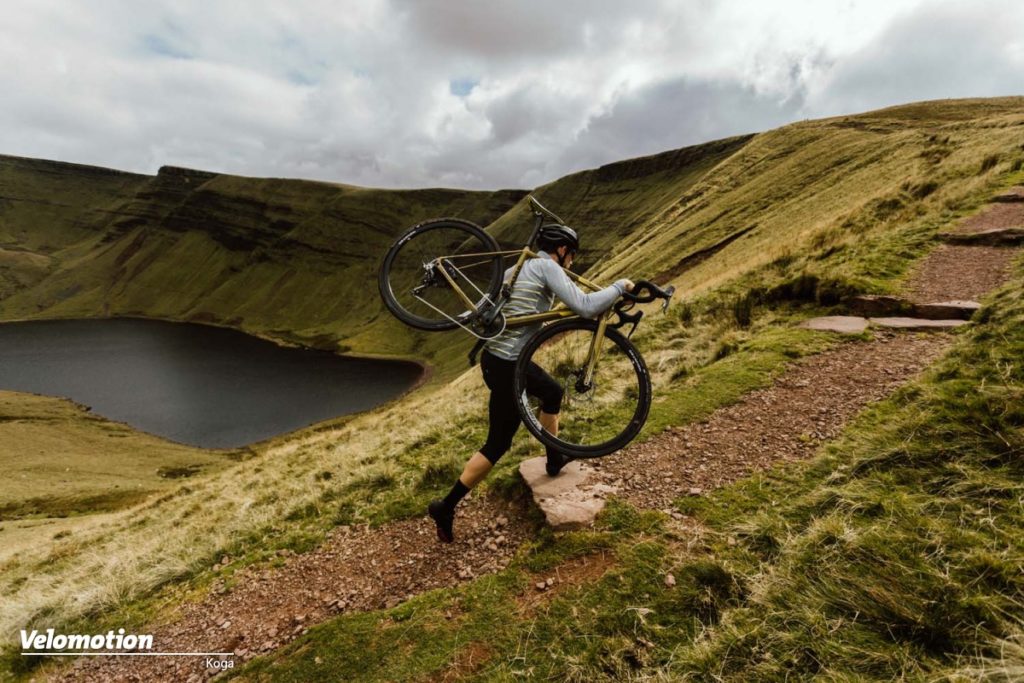
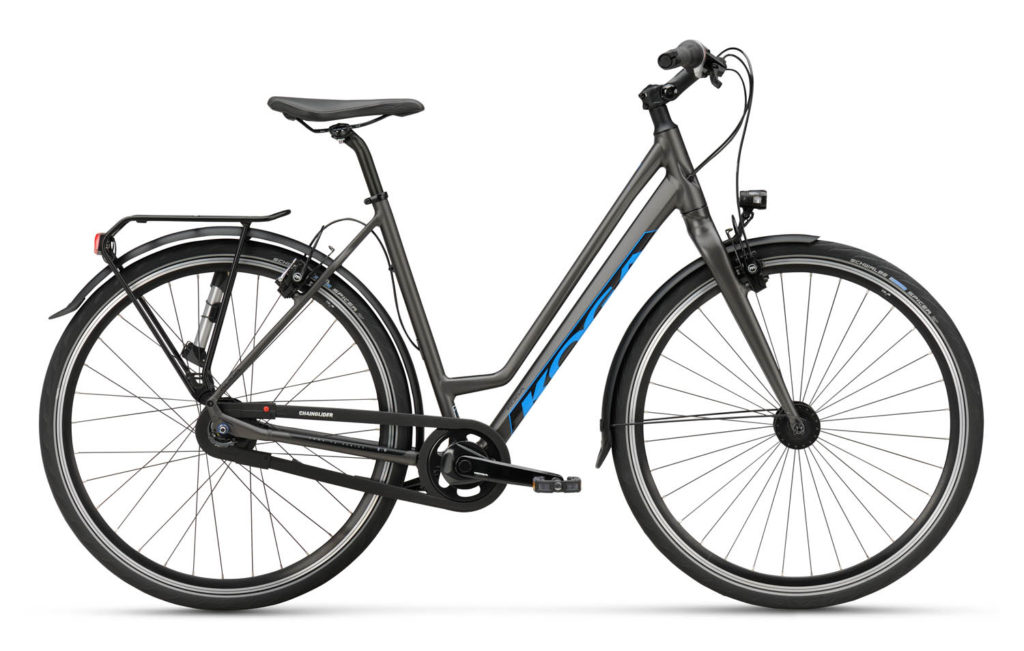
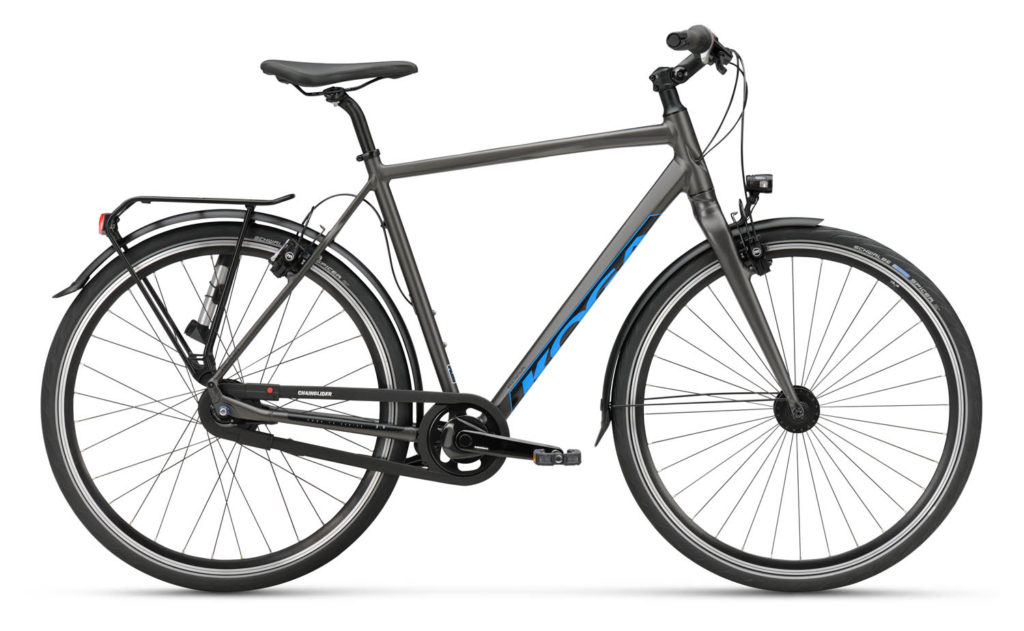

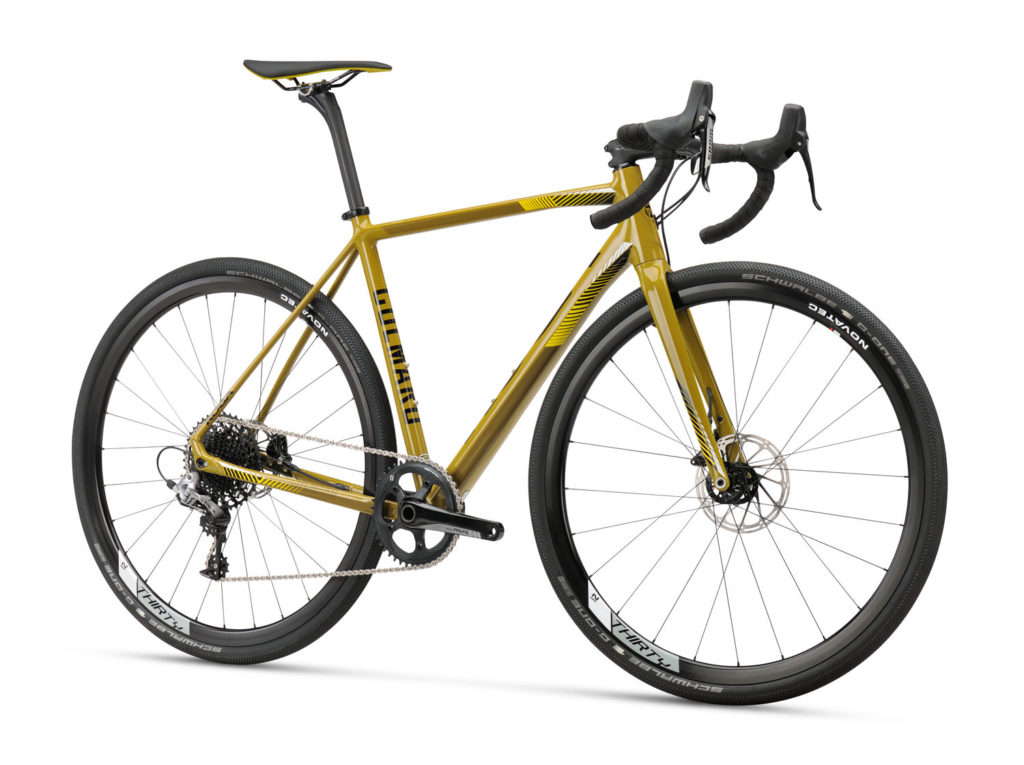
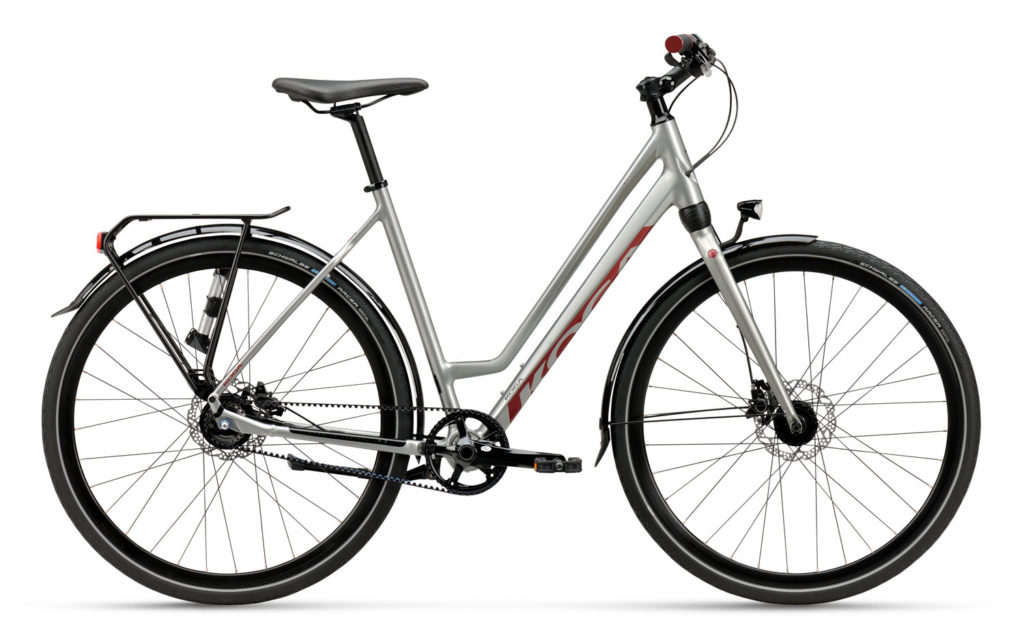
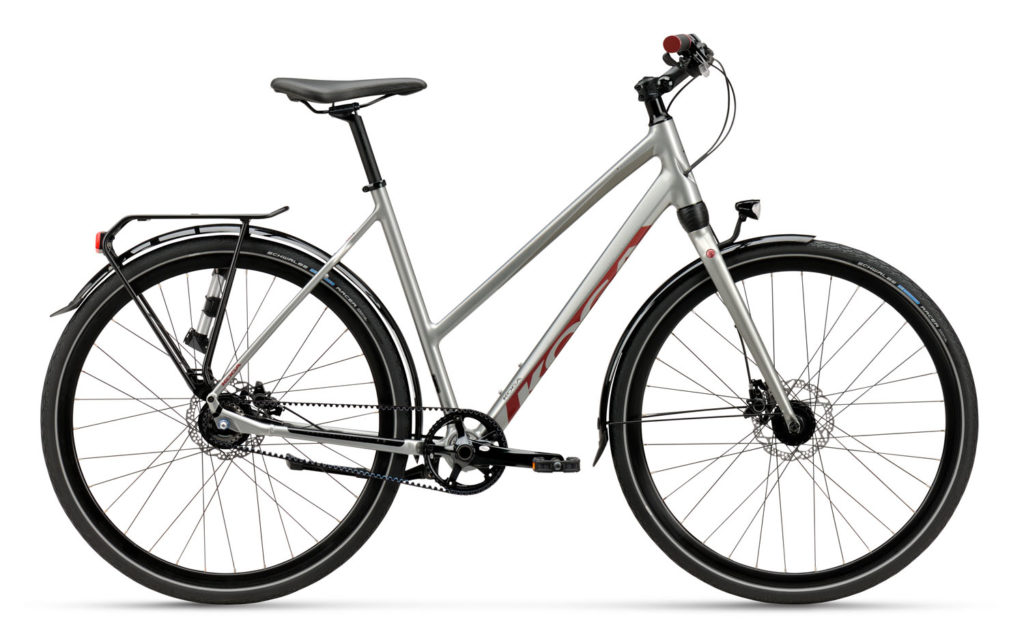
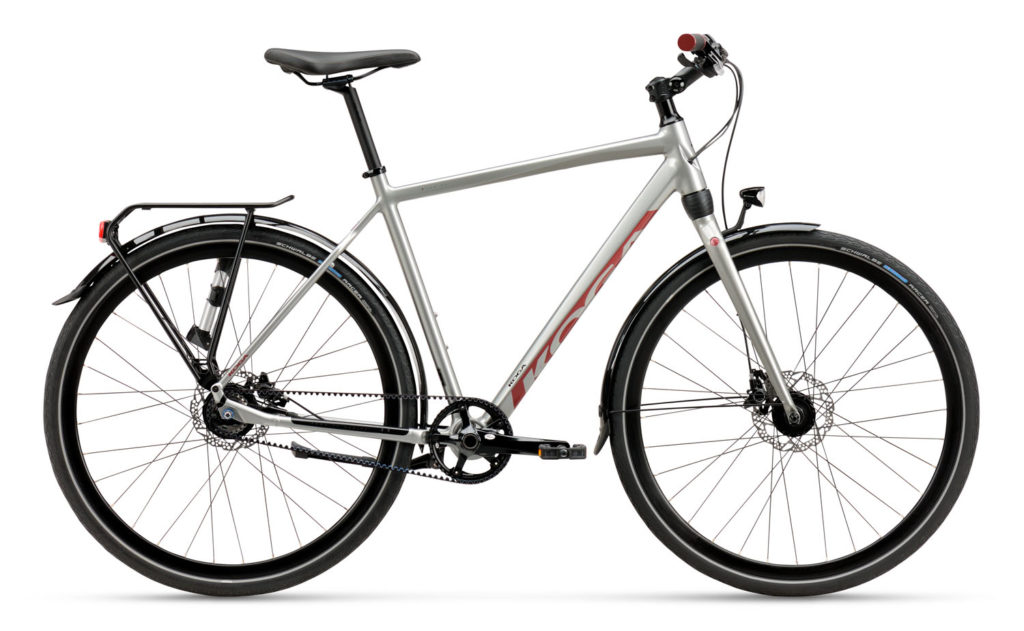
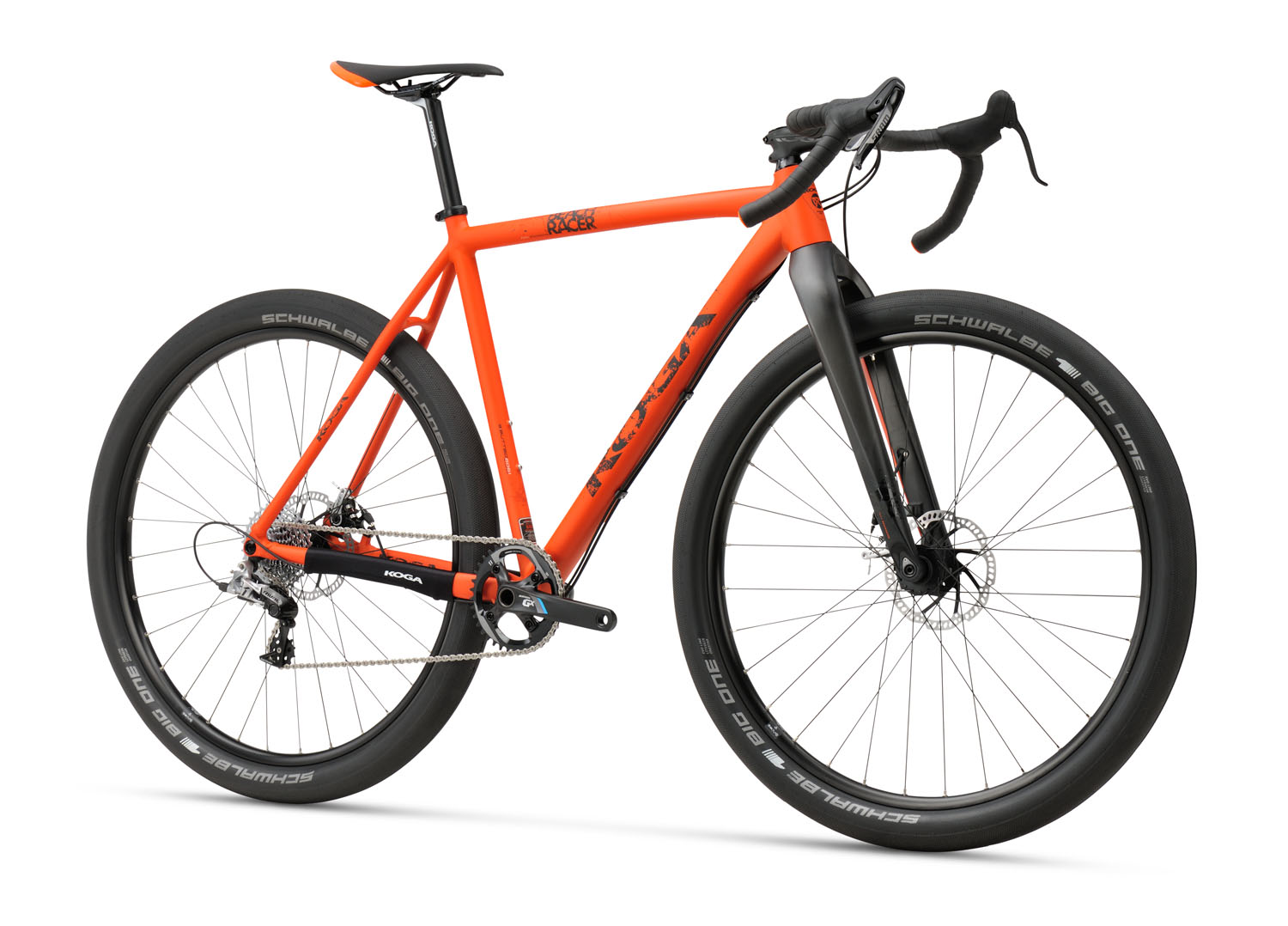
Schreibe einen Kommentar